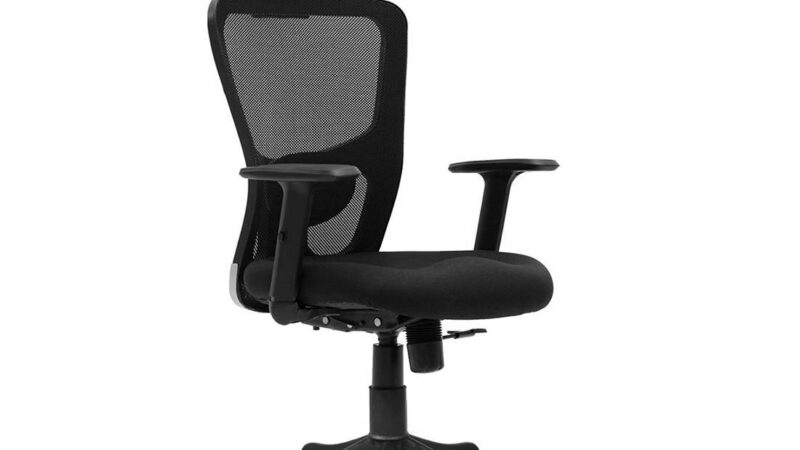Revolutionizing Retail: The Rise of Self-Service Stores and Micro Markets

In today’s fast-paced world, consumers want shopping to be fast, easy, and convenient. The rise of self-service stores is changing how we shop, giving us more control over our purchasing decisions. Whether it’s grabbing a quick snack from a self-checkout kiosk or filling up your cart in a micro market, these innovations are reshaping retail.
This concept is no longer a novelty. It’s becoming the future of shopping. More and more businesses are turning to self-service models to improve customer experience, increase efficiency, and reduce operational costs.
What is a Self-Service Store?
This store allows customers to select and purchase items without direct assistance from a store employee. Self-checkout lanes, vending machines, and even fully automated stores like Amazon Go are all examples of this type of shopping experience. Customers can browse the aisles, pick out their items, and either pay using a self-service checkout machine or through a mobile app.
The convenience of these stores is a key reason behind their growing popularity. With no need to wait in long lines or interact with cashiers, shopping becomes faster and more enjoyable.
The Rise of Micro Markets
One innovation that has gained attention in the store industry is the micro market. A micro market is a small, automated store typically found in office buildings, gyms, or other workplace environments. It offers a selection of snacks, beverages, and everyday items, all available for self-purchase.
Micro markets are often equipped with self-checkout kiosks or mobile apps that allow customers to easily browse products, make selections, and pay without assistance. They are open 24/7, providing maximum convenience. For businesses, they’re a great way to provide employees with quick access to food and beverages without needing to staff a traditional convenience store.
Micro markets are becoming more popular as they offer a variety of benefits for both consumers and businesses. These small stores are cost-effective, efficient, and meet the growing demand for fast, flexible shopping options.
Why Are Self-Service Stores Becoming Popular?
There are several reasons why these stores are gaining traction in the retail industry. Let’s take a closer look at some of the top benefits:
- Convenience
These stores make shopping quicker and more efficient. Customers no longer need to wait in long lines to pay for their items. With options like self-checkout kiosks or mobile payment systems, customers can shop on their own terms and speed up the checkout process. Whether you’re grabbing a snack from a micro market or doing your weekly grocery run, the stores are designed to fit into your busy lifestyle.
- Reduced Labor Costs
By removing the need for cashiers and other staff, stores can lower labor costs. This is especially beneficial for businesses that want to operate with fewer employees while still offering a smooth shopping experience. With fewer staff to manage, businesses can allocate resources more effectively.
- 24/7 Accessibility
One of the main advantages of stores is that they are open all the time. Traditional stores have set hours, but self-service models can remain open 24/7. This is particularly important for micro markets, which are often located in places like office buildings or gyms where customers need access to products at any time of day or night.
- Contactless Shopping
In recent years, the demand for contactless shopping has skyrocketed. The pandemic highlighted the importance of minimizing physical contact, and self-service stores allow for a safer, more hygienic shopping experience. With self-checkout systems, customers can avoid physical interactions with cashiers and pay via mobile apps or credit cards.
- Personalized Experience
With self-service technologies, businesses can collect data about customer preferences and shopping habits. This allows stores to personalize recommendations and offers for customers, making their shopping experience more tailored. For example, a store might suggest snacks or drinks based on past purchases, improving customer satisfaction.
How Self-Service Stores Impact Traditional Retail?
The rise of stores is not just changing the way we shop—it’s also impacting traditional brick-and-mortar stores. Many traditional retailers are adopting self-checkout lanes or other self-service options to compete with the convenience of automated shopping experiences. This trend is leading to a shift in the retail landscape.
For instance, grocery stores are introducing self-checkout kiosks to reduce wait times and make the shopping process smoother for customers. Retailers are also experimenting with “cashier-less” stores, where customers scan and pay for their items using their smartphones or specialized checkout stations.
However, stores are not replacing traditional shopping experiences entirely. Many consumers still enjoy the personal touch of interacting with sales staff or receiving assistance when making purchasing decisions. Instead, stores offer an alternative option for those who prioritize convenience and speed over personal interaction.
The Future of Self-Service Stores
Looking ahead, it’s clear that stores will continue to evolve and become a more prominent part of the retail industry. As technology advances, we can expect even more sophisticated automated shopping experiences. For example, advanced AI and machine learning systems could be used to predict customer needs, enhance product recommendations, and improve inventory management.
These stores are also likely to expand into new areas. As micro markets continue to grow, we may see them popping up in more workplaces, schools, and even public spaces like airports and train stations. The idea of a completely automated, frictionless shopping experience could become more commonplace as businesses and consumers alike embrace the benefits of self-service.
Self-Service Stores vs. Micro Markets: Which is Better?
While both stores and micro markets offer convenience, there are some key differences between the two. The stores are often larger, offering a wider range of products, from groceries to electronics. Micro markets, on the other hand, are smaller and usually offer snacks, drinks, and essentials.
Micro markets are ideal for workplace environments where employees need quick access to food and beverages during work hours. These stores, however, can cater to a broader audience and offer a wider variety of products. Whether you’re looking for a quick snack or doing your weekly grocery shopping, stores have something for everyone.
Conclusion
The future of shopping is undoubtedly moving toward self-service models. Whether it’s a fully automated store or a micro market in your office building, these innovative concepts are redefining the shopping experience. As consumers demand faster, more efficient ways to shop, businesses are adopting self-service solutions to stay ahead of the curve.
Ready to bring self-service solutions to your workplace? Reach out today to learn how micro markets and self-service stores can improve your business operations and provide your employees with a convenient shopping experience!



